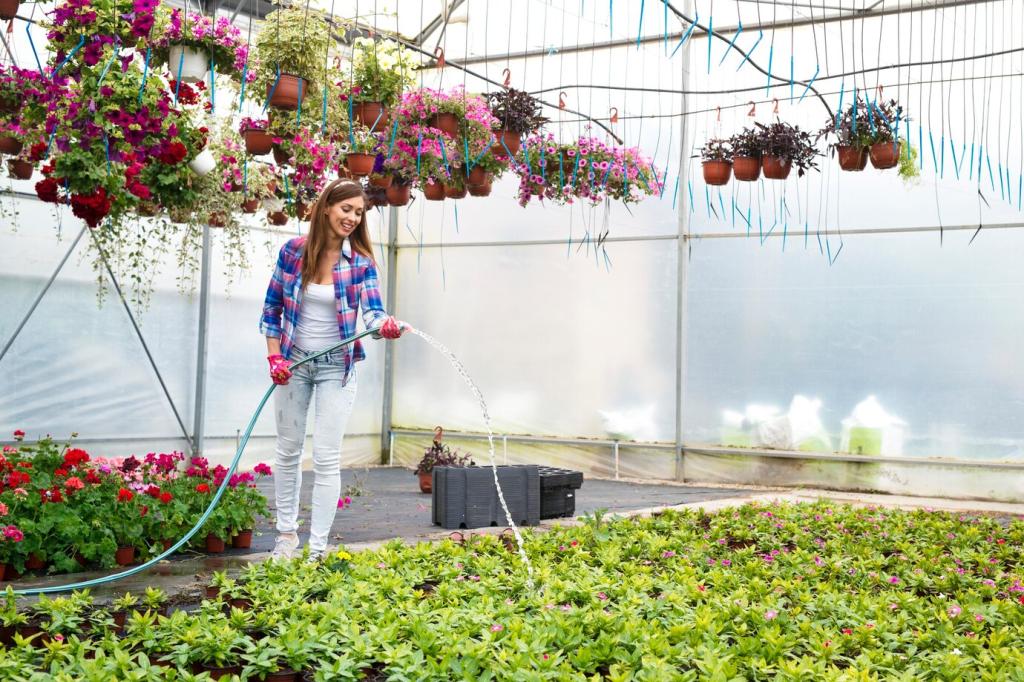Rooftop Gardens: Maximizing Urban Space
Rooftop gardens are transforming the way cities tackle challenges of limited green space, environmental sustainability, and urban well-being. By utilizing previously overlooked rooftops, these innovative gardens bring nature back into concrete jungles, providing ecological, economic, and aesthetic benefits. As cities grow denser, rooftop gardens offer a practical solution to maximize available space while enhancing the quality of life for residents.
Urban Greening and Environmental Impact

Cities often struggle with the heat island effect, where concrete and asphalt absorb and radiate heat, driving up local temperatures. Rooftop gardens counteract this phenomenon by providing layers of vegetation that absorb sunlight, cool the air through evapotranspiration, and offer shade. This helps to lower the ambient temperature in urban neighborhoods, reducing the need for energy-intensive cooling systems and making city living more comfortable during hot weather.
Social and Community Benefits
Enhancing Mental Health and Well-being
The presence of greenery is known to reduce stress, anxiety, and symptoms of depression. Rooftop gardens, with their tranquil settings and vibrant plant life, offer residents a chance to escape the bustle of city life and experience the restorative power of nature. Regular access to these gardens encourages mindfulness, promotes relaxation, and contributes to overall mental well-being—a true antidote to the stresses of urbanization.
Spaces for Community Engagement
Rooftop gardens are not only places of beauty but also gathering spaces for community members. Through shared gardening projects, educational workshops, and events, these green rooftops foster a spirit of collaboration and social connection. Neighbors who may otherwise never meet find themselves side by side, working to cultivate plants, share knowledge, and build meaningful relationships that strengthen the neighborhood fabric.
Promoting Healthier Lifestyles
Gardening is a physical activity that promotes movement and encourages healthier habits. City dwellers who participate in rooftop gardening gain not only fresh air and sunshine but also exercise and a connection to the food they grow. These gardens often become sources of fresh produce for local residents, supporting nutrition and food security while cultivating a deeper appreciation for healthy, seasonal eating.

Increasing Property Value and Market Appeal
Installing a rooftop garden can make residential or commercial buildings more attractive to buyers and tenants. The aesthetic appeal and added amenities of a green rooftop can command higher prices and reduce vacancy rates. Prospective occupants recognize the added value of outdoor space and sustainable features, making rooftop gardens a wise investment for those looking to enhance their properties’ market competitiveness in urban environments.

Energy Efficiency and Cost Savings
Rooftop gardens act as natural insulators, reducing the flow of heat into and out of buildings. This insulation effect means lower costs for heating in winter and cooling in summer, leading to significant energy savings over time. For businesses and homeowners alike, these savings represent direct economic benefits while also decreasing the carbon footprint associated with excessive energy consumption.

Incentives and Support for Urban Agriculture
Many cities now recognize the benefits of rooftop gardens and offer incentives, grants, or tax relief programs to encourage their installation. Such support not only eases the financial burden on property owners but also stimulates the creation of more green jobs and urban agriculture initiatives. As a part of broader sustainability efforts, these policies help scale up the adoption of rooftop gardens across city landscapes.
